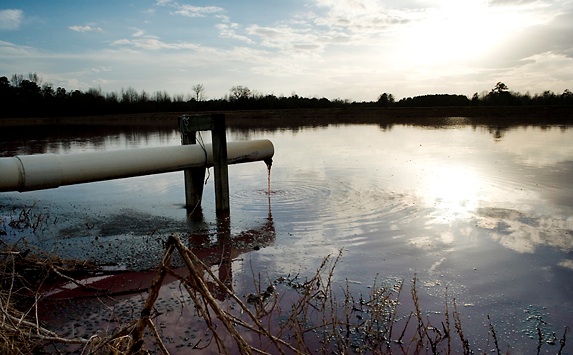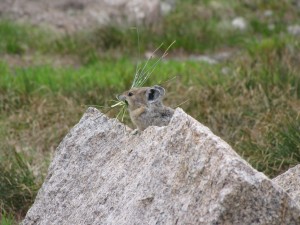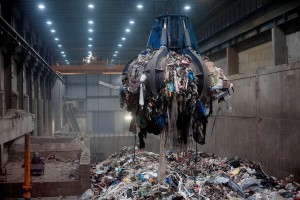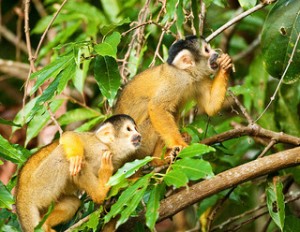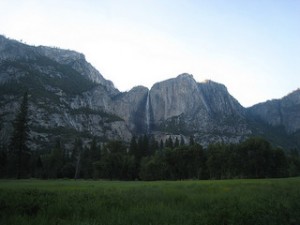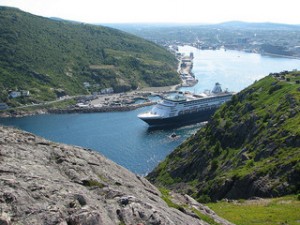
Travelers take cruises to exotic places where they don’t necessarily get an authentic experience. Photo courtesy of Colin Delaney/ Flickr Creative Commons
With the arrival of spring comes the exodus of college students from their stressful, dreary campuses to the soft, sandy beaches of the tropics. Most travel to places like Mexico and the Dominican Republic where they can lounge in the sun and forget about their schoolwork. However, though they are traveling to exotic places with interesting cultures, they are not necessarily authentically interacting with the people they meet and the places they see.
A group of students from Barnard College in Manhattan went on a cruise for their spring break which stopped in Mexico and Jamaica. After their trip, they found their experiences to be very inauthentic. Emily Kawai, a senior at Barnard, said that while in Jamaica, her tour guide and the locals “hyped up the stereotypes for the tourists.” She observed that many people were wearing the Rastafarian colors and saying quotes from Bob Marley. “They wanted to give the tourists what they expected,” she says. Gaby Ittah, also a senior at Barnard, agreed with Emily, saying that “the ports milk the tourism industry.”
Ecotourism, on the other hand, strives to create a cohesive travel experience that includes the community in an authentic way. Ecotourism encourages sustainable tourism and as a result, businesses involved in ecotourism put a lot of emphasis on community building and outreach within the communities that they are operating.
